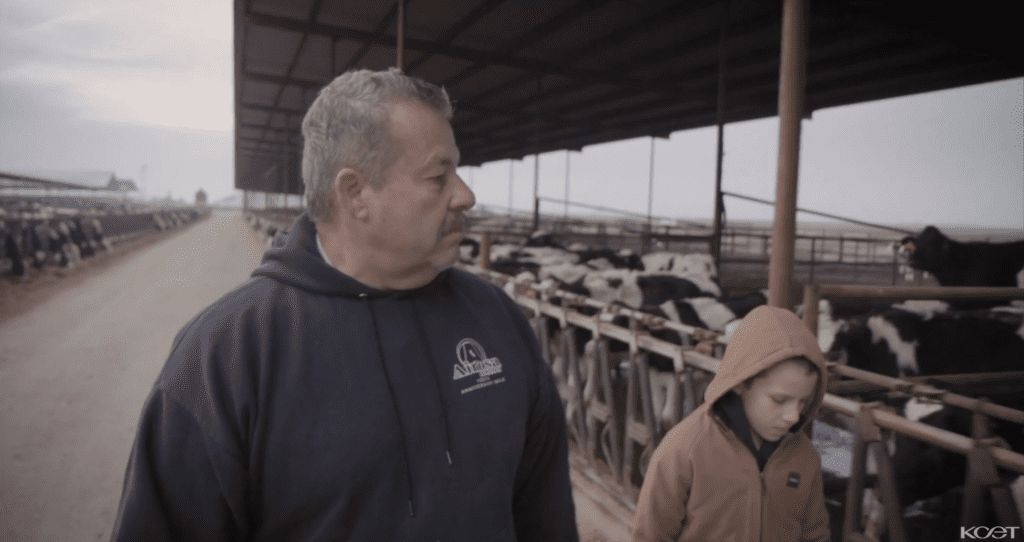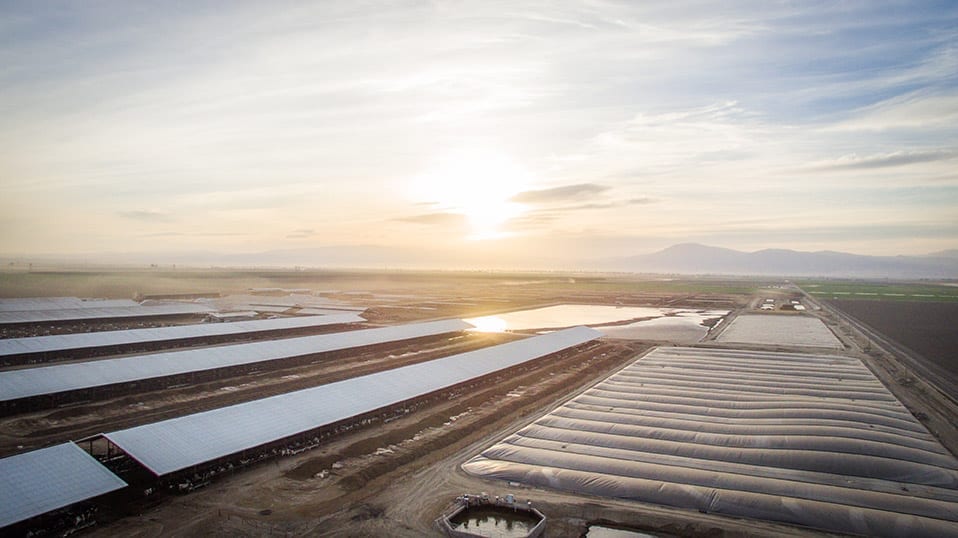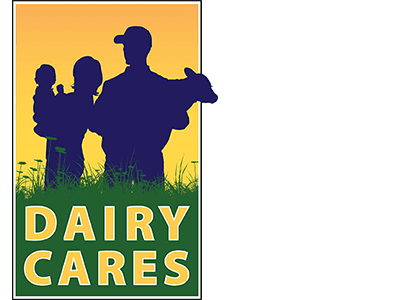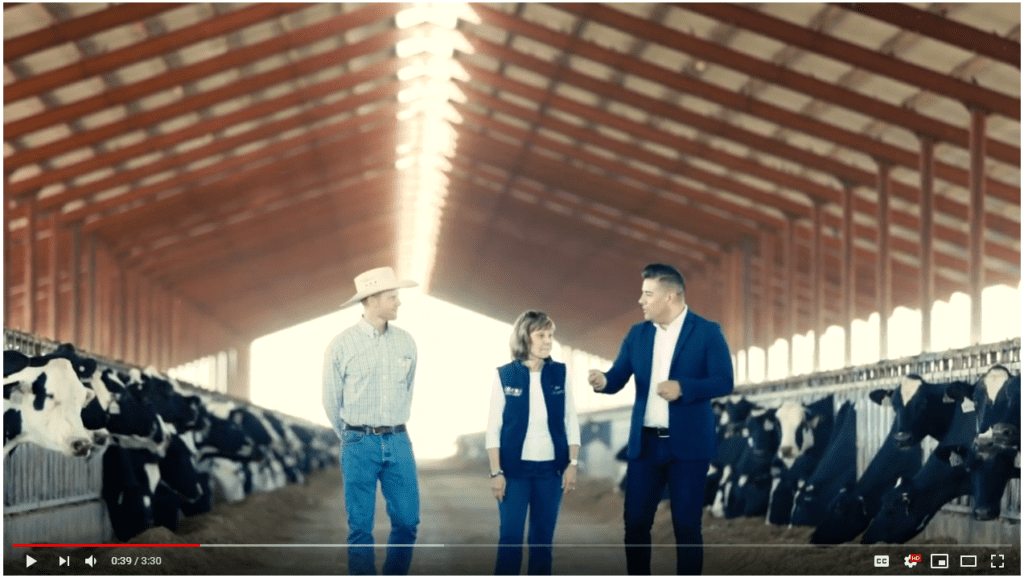As California is working toward ambitious climate goals, using funds from its cap-and-trade program, the state’s family dairy farms are also playing a notable role in this effort by helping to transform California’s transportation sector.
California’s Dairy Digester Research and Development Program (DDRDP) provides incentives for dairy farmers to build on-farm digesters which produce cost-effective and abundant renewable natural gas (RNG). A total of 64 grants for dairy digesters totaling $114 million have been awarded to date, with projects either operating or under construction. An additional 17 dairy digesters are currently operating in California. Through the DDRDP, an estimated total of 25.7 million metric tons of carbon dioxide equivalent will be reduced over the next 20 years.
The dairy digester program is California’s most effective program in terms of total greenhouse gas (GHG) reductions.
California’s Affordable, Abundant Renewable Energy Source
The digester program is the state’s most effective program in terms of total greenhouse gas (GHG) reductions. It is also the second most cost-effective of the 60 climate programs, providing one ton of GHG reduction for every $9 invested by the state. Private investors have matched the state’s $114 million in funding with $204 million in private funding, nearly a two-to-one ratio. Through this private-public partnership, more dairy farms are providing a tremendous, and cost-effective, source of renewable energy.
With continued funding, California is on a path to have 100 to 120 digesters operating by 2022. How are these digesters fueling California’s future? Earlier digester projects were built to generate electricity, which is sold to local utilities under the BioMAT program. Since 2017, the state has invested in digesters that create RNG. Digester projects are built in clusters, so that dairies located near one another share a centralized biogas cleaning and conditioning facility—making projects more cost-effective, especially for smaller farms.

California dairy farmer, Joey Airoso, recently shared his story in a video produced by KCET. Airoso Dairy produces milk for butter and cheese, and now they’re also producing transportation fuel.
In addition to the development of digesters, significant infrastructure investments are needed to collect biomethane from digesters and to clean, condition, and inject it into natural gas pipelines. In December 2018, the California Public Utilities Commission (CPUC) announced funding for six pilot projects to demonstrate the collection of biomethane from dairy digesters and the injection into natural gas pipelines. Five of the six projects are clusters, involving more than 44 dairy farms. The six pilot projects will receive approximately $319 million from the CPUC in infrastructure investments and operating expenses over the next 20 years. At least five additional clusters are in various stages of development and working to secure financing.
A Carbon-Negative Transportation Fuel
Through these developments, dairy farms are becoming a tremendous source of negative-carbon transportation fuel. One cow can produce enough transportation fuel to drive a car across the country. And with a score of -255 carbon intensity (CI), dairy RNG is 10 times more effective than electric vehicles at reducing carbon emissions from the transportation sector. By replacing diesel in heavy-duty trucks, dairy RNG also provides air quality benefits. Dairy digester projects continue to demonstrate versatility in their ability to meet the state’s clean energy goals.
Dairy farms are becoming a tremendous source of negative-carbon transportation fuel. One cow can produce enough transportation fuel to drive a car across the country.
Dairy biogas can be used in numerous ways. The California Air Resources Board (CARB)’s Dairy Digester Emissions Matrix provides a comprehensive assessment of air emission benefits provided by digesters, considering how the biogas is used. Additionally, new pathways for biogas are continually emerging. One of the most promising is the use of fuel cells to create electricity for electric vehicle charging.
As aspirational climate goals continue to be a topic of conversation in California, nationally, and globally, it is important to take note that California’s dairy farmers are not solely focused on reducing greenhouse gas emissions, but are also working to improve air quality and promote water conservation and protection. This makes it even more important to develop mutually beneficial partnerships and cost-effective solutions, so that family dairy farms can continue to meet challenges and pass on their businesses to the next generation.
California’s dairy farmers are not solely focused on reducing greenhouse gas emissions, but are also working to improve air quality and promote water conservation and protection.
California Dairy Sustainability Summit 2020
With this goal in mind, dairy leaders look forward to once again welcoming regulatory officials, researchers, technology providers, and other stakeholders to meet with farmers at the second California Dairy Sustainability Summit, taking place March 25-26, 2020, at Cal Expo in Sacramento. More progress will be made between now and then, and well into the future, as California’s dairy farms work collaboratively to help transform the transportation sector and serve as global leaders in planet-smart farming.




